How Hockey Players Can Build Game-Changing Grip Strength with Monkee Grips
When it comes to hockey performance, speed and power usually steal the spotlight — but grip strength might be one of the most overlooked skills on the ice. Whether you’re a high-school player or a pro, your grip influences stick control, shot consistency, and endurance. The difference between a weak third period and a dominant one often comes down to how long your hands and forearms can perform under pressure.
That’s where Monkee Grips come in — a simple, portable way to turn your regular training into a grip-strength powerhouse.
Why Grip Strength Matters in Hockey
Every shot, pass, and poke check begins with your hands. A stronger grip supports:
-
More controlled stick handling. Improved forearm endurance helps you maintain a light, responsive touch instead of overgripping and fatiguing.
-
More powerful shots. A strong grip helps you transfer force efficiently through the stick — one piece of the kinetic chain that adds torque and stability.
-
Stronger puck battles. Grip strength contributes to maintaining control when fighting for possession, especially when combined with balance and body leverage.
-
Better stamina. Stronger tendons and forearms can help delay local fatigue during high-intensity shifts.
Professional players and performance coaches recognize this. Off-ice training often includes forearm rollers, rope pulls, and dead hangs — but those can require space, setup, and equipment most players don’t have time for.
The Monkee Grip Advantage for Hockey Players
Monkee Grips bring real-world grip training into any environment — from the gym to your home pull-up bar.
Here’s how they can give hockey players an edge:
-
Rope Friction = Game-Relevant Grip. Unlike rigid bars, Monkee Grips force your hands to create friction to stay connected — helping strengthen the same muscles and control patterns you rely on when handling your stick.
-
Support for Tendon and Ligament Resilience. Rope grip work loads the smaller stabilizers in your wrists and fingers, promoting tissue durability — valuable for resisting strain during checks and quick transitions.
-
Endurance Under Load. The continuous tension of rope hangs builds forearm endurance, which may help reduce fatigue late in a game.
-
Progressive Levels. Start with Level 1 to develop control, then move to Level 2 for advanced hand power — ideal for players building strength over time.
3 Monkee Grip Exercises Every Hockey Player Should Try
-
Rope Dead Hangs
Attach Monkee Grips to a pull-up bar and hang for time. This builds isometric strength in your fingers, wrists, and forearms — the same control you need to keep your stick steady under pressure. -
Farmer Carries with Monkee Grips
Loop them around dumbbells or heavy bags and walk. It’s a simple way to build grip and shoulder endurance, supporting the muscle endurance you rely on through long shifts. -
Rope Rows or Pull-Ups
Add Monkee Grips to your upper-body workouts. The rope movement recruits stabilizers in your hands and wrists, improving your overall pulling power and control.
From Practice to Power Play
Grip fatigue sneaks up on hockey players — especially late in the game.
Using Monkee Grips two or three times a week during off-ice workouts can help maintain forearm endurance and reduce that late-game drop-off.
Even short sessions — three sets of 30–60-second hangs or carries — can make a noticeable difference in your stick control and overall confidence with the puck.
Players at every level, from high school to professional, are incorporating grip-specific training to enhance their performance. Monkee Grips make that training simple, portable, and brutally effective.
Final Thoughts: Small Tool, Big Advantage
Hockey is about control, endurance, and explosive power — and grip strength supports them all.
With Monkee Grips, every rep — pull-ups, carries, rows — builds the hand, forearm, and tendon strength hockey demands.
No extra workouts. No wasted time. Just smarter training that helps turn your grip into a competitive advantage.
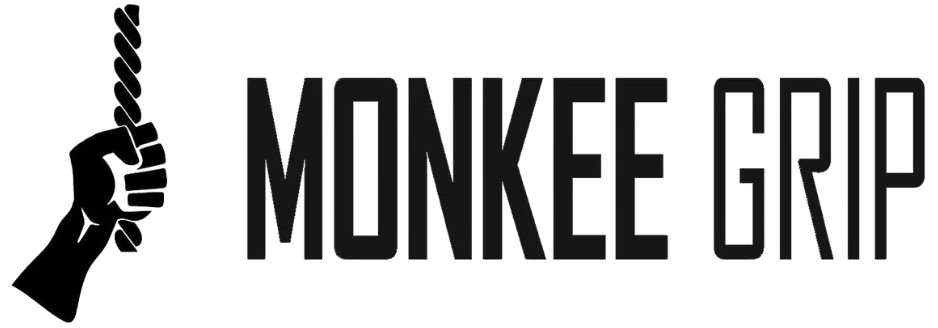
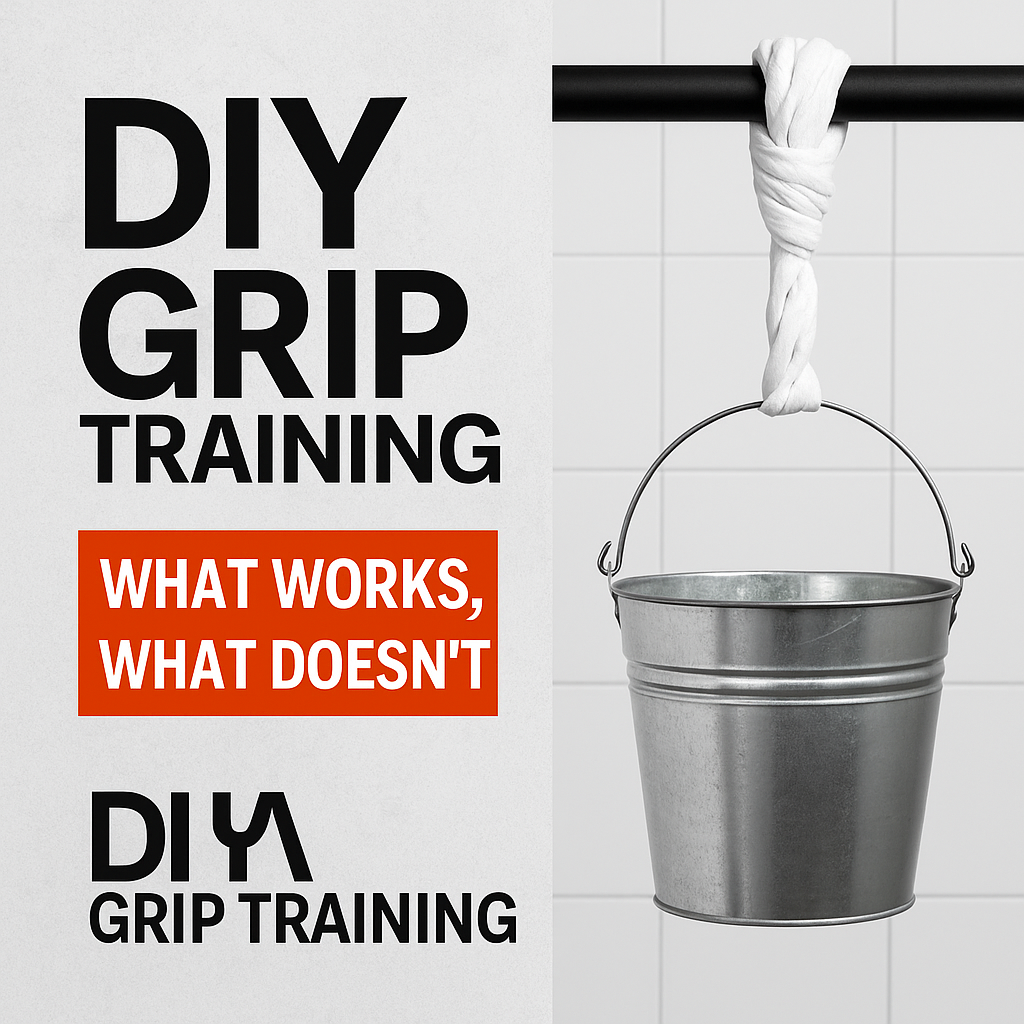
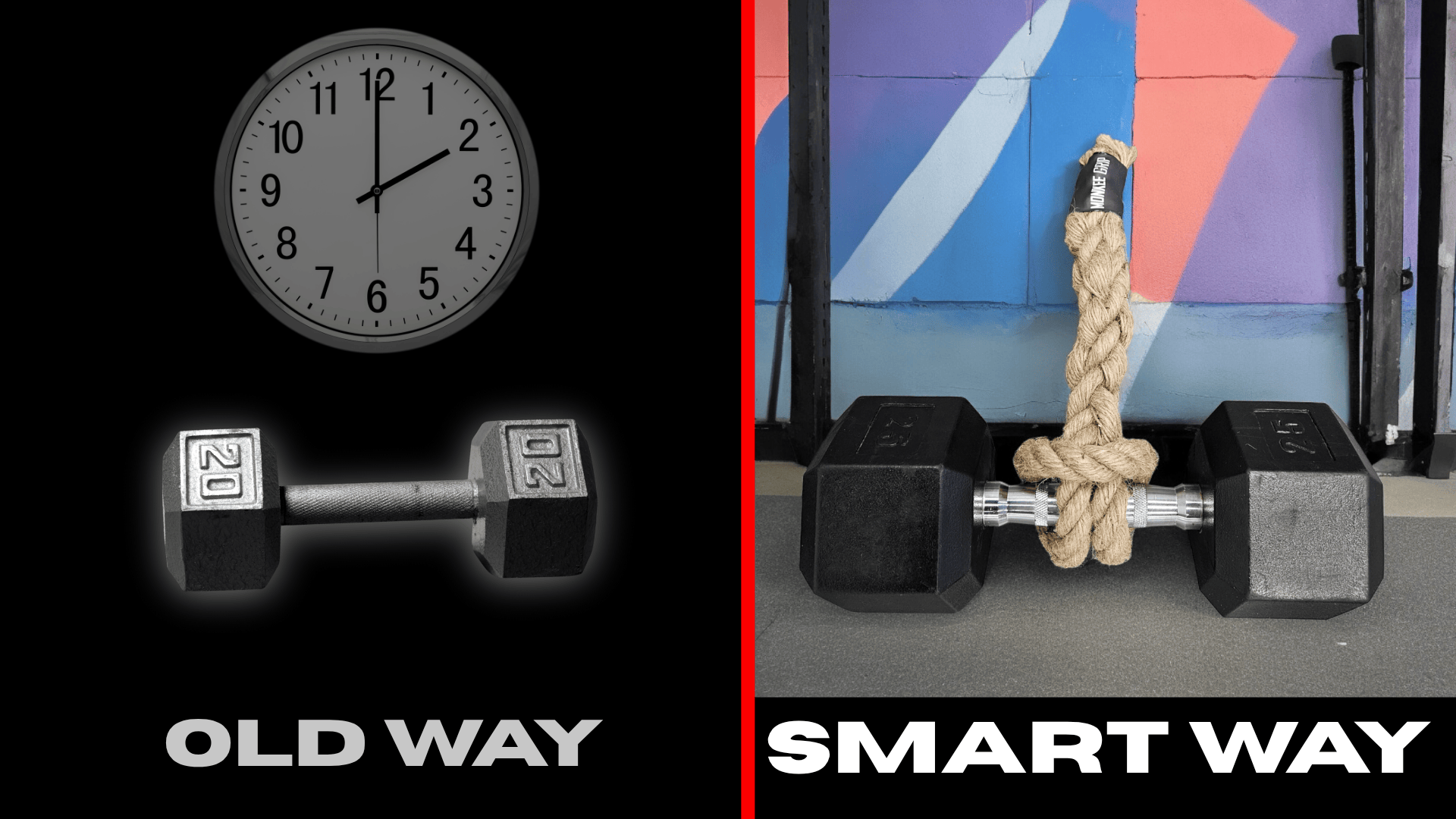
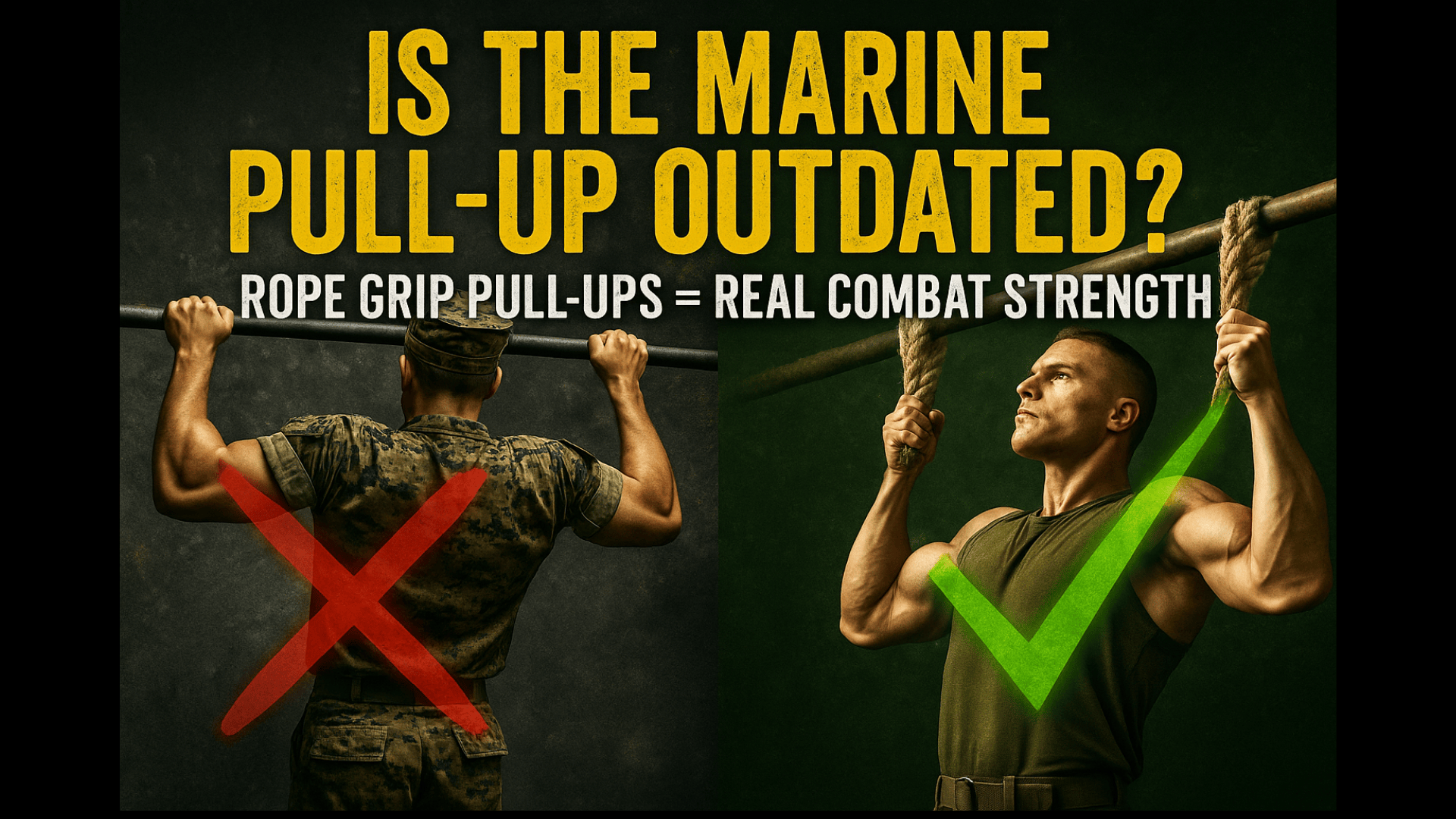
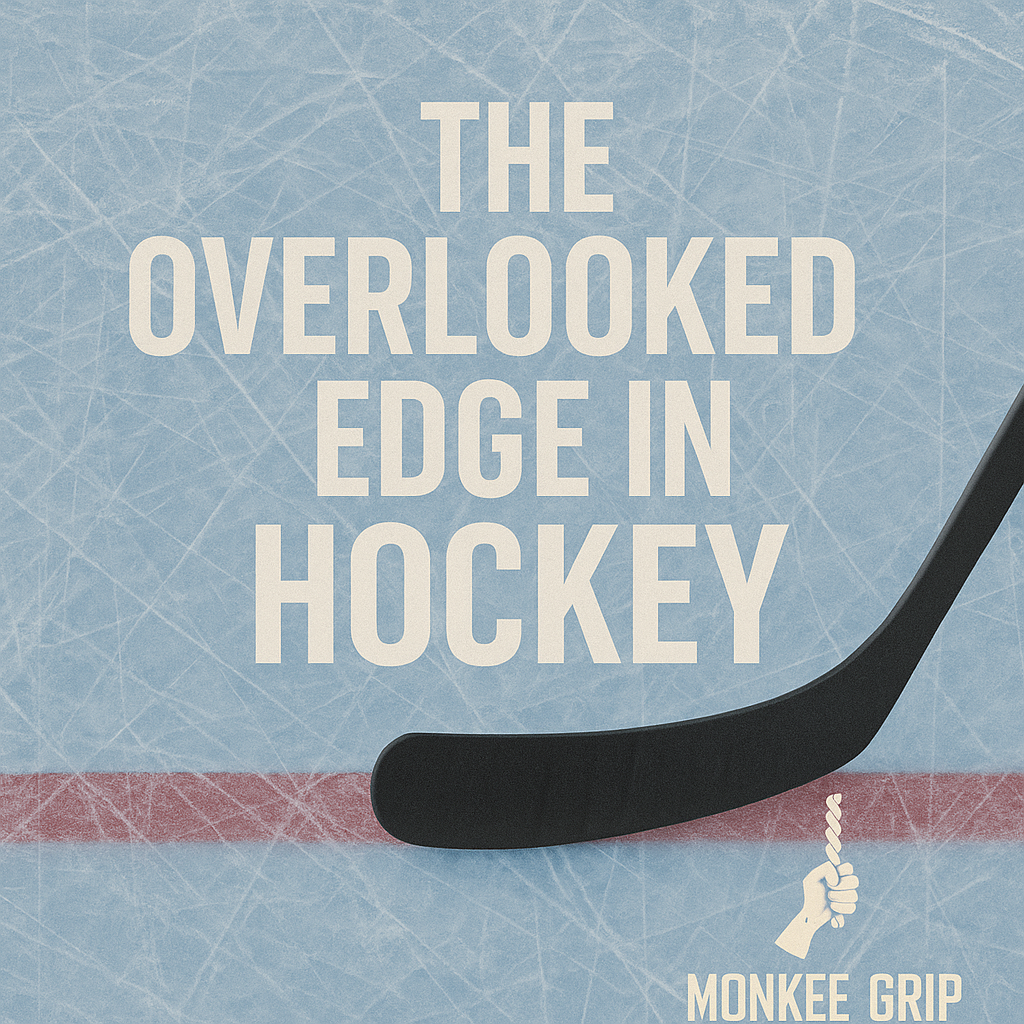
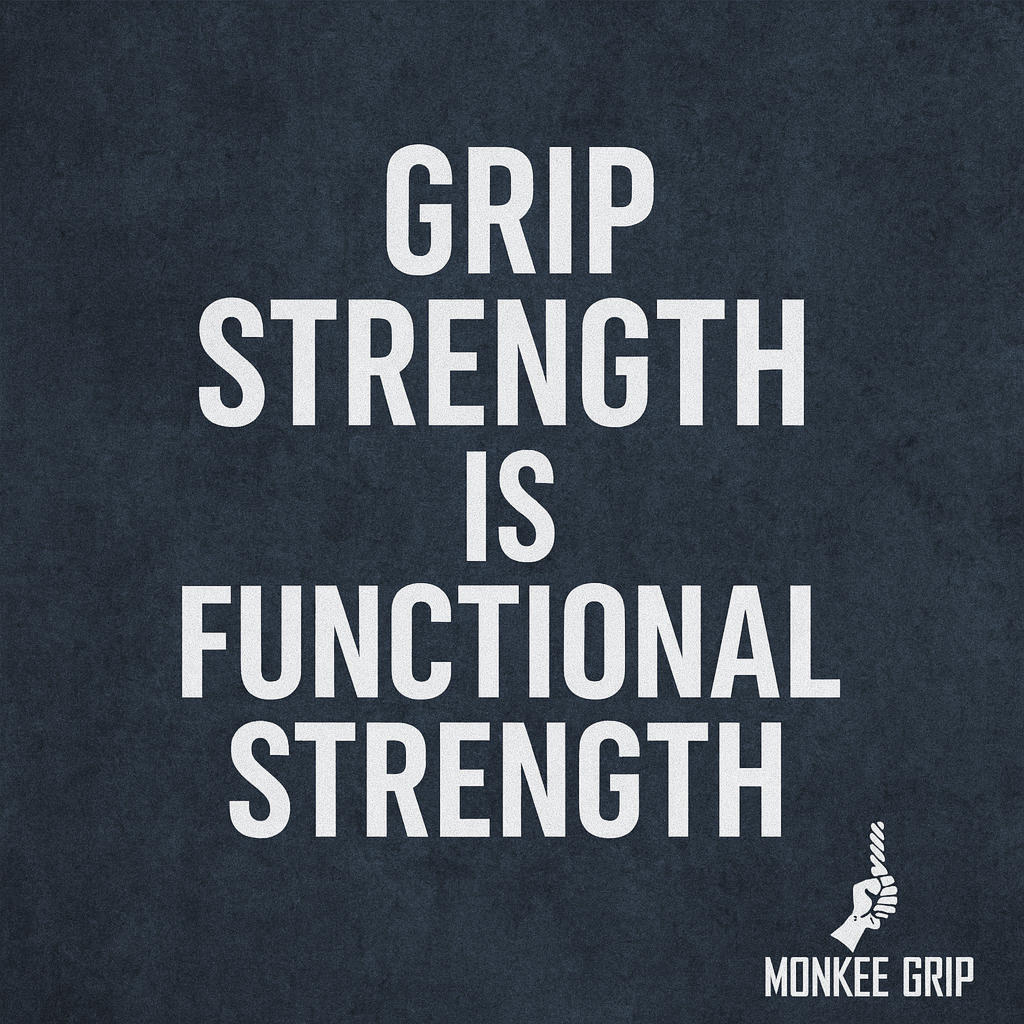
Leave a comment
This site is protected by hCaptcha and the hCaptcha Privacy Policy and Terms of Service apply.